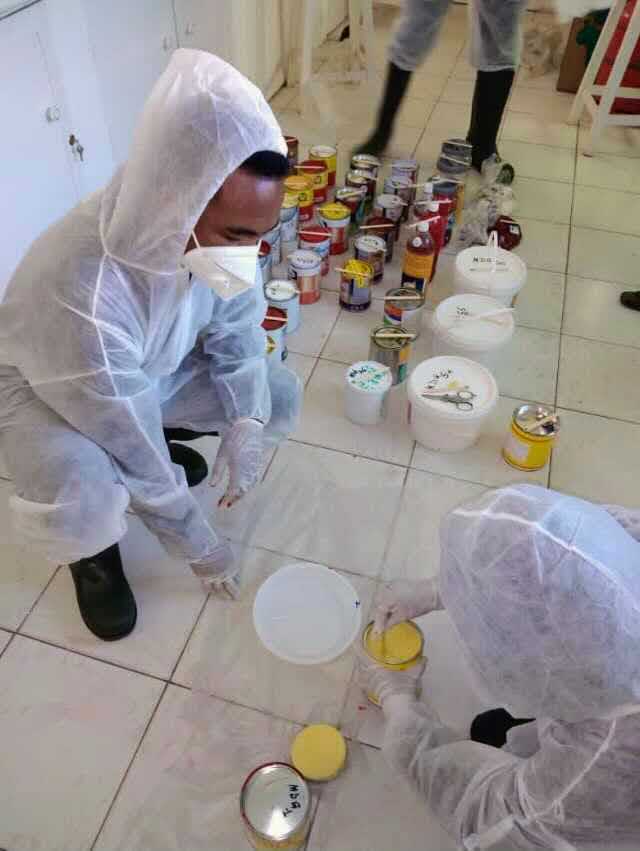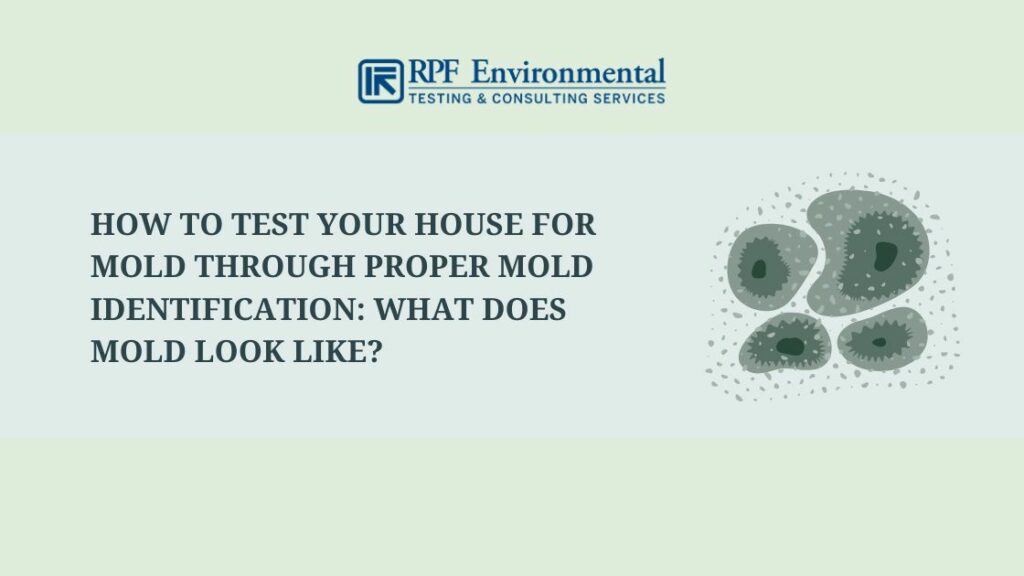The Duty of Mycotoxin testing Services in Food and Feed Safety
The Duty of Mycotoxin testing Services in Food and Feed Safety
Blog Article
Just How Mycotoxin Screening Assists Stop Contamination and Secure Food Products

Mycotoxin testing is a vital technique in the food industry, serving as a frontline protection versus contamination by hazardous toxic substances generated by mold and mildews. Through the application of advanced strategies like High-Performance Liquid Chromatography (HPLC) and Liquid Chromatography-Mass Spectrometry (LC-MS), food manufacturers can properly measure and find mycotoxin degrees in agricultural products.
Recognizing Mycotoxins
Understanding mycotoxins begins with recognizing that they are toxic secondary metabolites generated by particular mold and mildews, which can contaminate farming products. These metabolites are not vital for the development or recreation of the fungi however can have severe ramifications for human and animal health. Mycotoxins are typically discovered in staple crops such as corn, wheat, barley, and nuts, where they can multiply under details problems of moisture and temperature.
There are several kinds of mycotoxins, each created by different fungal species. Aflatoxins, generated by Aspergillus types, are among one of the most infamous, recognized for their carcinogenic residential or commercial properties. Another substantial team consists of ochratoxins, produced by Aspergillus and Penicillium varieties, which have nephrotoxic results. Fusarium varieties produce fumonisins and trichothecenes, both of which are related to various intense and chronic health concerns.

Risks of Mycotoxin Contamination
The threats of mycotoxin contamination are complex, posing significant risks to both food safety and public health. Mycotoxins, poisonous compounds produced by certain kinds of fungi, can infect a variety of agricultural products consisting of cereals, nuts, seasonings, dried fruits, and coffee. Once these toxins penetrate the food supply, they can cause significant health and wellness issues such as liver damages, kidney failure, and also cancer. At risk populations, including kids, the elderly, and immunocompromised people, are particularly at threat.
Financial impacts are one more significant concern. Infected crops can lead to considerable economic losses for farmers and food manufacturers because of reduced yields and the requirement for pricey decontamination procedures. Moreover, global trade can be considerably impeded as countries implement rigorous mycotoxin regulations to safeguard their populaces, leading to rejected shipments and strained profession relations.
Ecological factors such as climate change exacerbate the risk of mycotoxin contamination. Variations in temperature and humidity can create beneficial conditions for fungal growth, enhancing the possibility of contamination events. Hence, understanding and mitigating these threats are crucial for guaranteeing the security and integrity of global food supplies.
Methods of Mycotoxin Examining
Properly recognizing mycotoxin contamination in farming items is necessary for securing public health and wellness and preserving food safety standards. Numerous techniques are utilized to spot and quantify mycotoxins, each offering particular benefits and restrictions.
High-Performance Liquid Chromatography (HPLC) is an extensively made use of technique due to its high level of sensitivity and precision. It involves dividing mycotoxins from other compounds in a sample, enabling exact quantification. Liquid Chromatography-Mass Spectrometry (LC-MS) combines liquid chromatography with mass More Help spectrometry to provide in-depth molecular information, making it specifically helpful for recognizing numerous mycotoxins at the same time.

Gas Chromatography-Mass Spectrometry (GC-MS) and Thin-Layer Chromatography (TLC) are also employed, each with one-of-a-kind applications. GC-MS is reliable for unpredictable mycotoxins, while tender loving care uses an easier, economical option for preliminary screening.
Advantages of Normal Checking
Regular screening for mycotoxins in farming products offers countless advantages, substantially adding to public wellness and food security. By identifying contamination early, normal testing helps protect against the circulation of harmful foods, thereby lowering the danger of mycotoxin-related diseases among consumers. This proactive method not just safeguards human wellness but also enhances the overall high quality of food materials.
Constant screening also sustains regulatory compliance. Various countries and areas have developed stringent restrictions for mycotoxin levels in food and feed. Sticking to these limits via regular screening ensures that manufacturers and providers fulfill legal requirements, thereby preventing fines and trade obstacles. Moreover, preserving conformity fosters consumer trust fund and brand track record, which are crucial for market success.
Furthermore, normal mycotoxin screening can bring about significant economic benefits. Early discovery of contamination enables timely intervention, minimizing possible losses from extensive contamination. Carrying out normal screening methods can additionally minimize recall costs and associated obligations, which can be monetarily ruining.
Furthermore, regular screening offers useful information that can educate far better farming techniques and storage space problems. By comprehending patterns of contamination, manufacturers can embrace preventative actions, therefore reducing future risks and contributing to the sustainability of the food supply chain.
Applying Checking Methods
Applying reliable mycotoxin screening procedures is critical for making sure the security and quality of farming items. Establishing a durable screening framework entails several essential actions, beginning with index the identification of possible contamination factors within the production and supply chain. This consists of pre-harvest, post-harvest, storage, and distribution stages. Each phase has to look at this website be inspected to pinpoint where mycotoxin contamination is more than likely to happen.
Once essential control factors are identified, picking proper screening techniques is essential. Usual methods include enzyme-linked immunosorbent assay (ELISA), high-performance fluid chromatography (HPLC), and mass spectrometry (MS) Each method has its weak points and staminas; hence, choosing the right one depends on the certain mycotoxin being tested, the needed sensitivity, and offered resources.

Lastly, incorporating the testing protocols right into a comprehensive food safety management system is advisable. This boosts traceability and allows swift corrective activities when contamination is detected, thus protecting the honesty of the food supply chain.
Conclusion
Mycotoxin screening is important in protecting against contamination and protecting food products by enabling very early discovery of hazardous contaminants generated by molds in farming items. Advanced methods such as HPLC and LC-MS make sure conformity with safety policies and secure customers from health dangers. Routine screening enhances brand track record, economic security, and count on food security by lessening contamination-related losses and keeping high standards in food production. Executing extensive screening methods is hence vital for the market's general health.
Mycotoxin testing is an important method in the food market, serving as a frontline defense against contamination by harmful toxins generated by mold and mildews. An incorporated strategy entailing farming methods, storage management, and regular screening can minimize the threats linked with mycotoxin contamination, making sure food security and public health.
The risks of mycotoxin contamination are complex, posing significant hazards to both food safety and security and public health and wellness.Routine testing for mycotoxins in farming items uses many benefits, considerably contributing to public wellness and food safety and security.Mycotoxin testing is vital in avoiding contamination and safeguarding food materials by making it possible for very early detection of hazardous contaminants created by molds in farming products.
Report this page